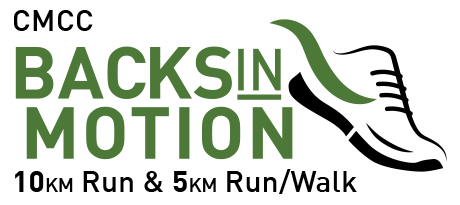The Myth of the ‘Off Season’
If you spend time hanging around many endurance athletes you will find that each one of them have a different idea of what makes up an ‘off season’. Some might advocate extensive periods of no training, or minimal training of up to a month in duration. Others take the exact opposite approach fearing extensive loss in fitness. In reality, unless you are recovering from injuries suffered during the racing season you will never completely stop training. Thus the idea of an off season is somewhat misleading.

A better approach is to divide the whole year up into different sections (or periods). Periodization is quite common approach to endurance training. During the winter you can take time to work on many different aspects of all three sports that you may have neglected during the race season.
The winter is a great time to take care of any nagging injuries. Stretching and strength work can address and solve injuries that plague many of us. A well put together workout will also prevent injuries as well as give you that extra power on the bike, and kick in the run.
Most people will be able to effectively strength train in their basements with only some minor purchases of stretch bands, free weights and a pilates ball. Sports specific exercises are your best bet. Focus on the range of motions that you complete during biking, swimming, or running. Exercises like squats, calf raises, and using swim bands will add speed come the race season.
Swimming is probably the easiest and most important sport to train for over the off season. You can spend tons of time in the pool without fearing the injuries that are associated with biking and running in addition to the other weather related issues us Canadians face! This time also pays off by improving your aerobic base. Many people cut back on swimming once the weather improves and it is easer to just head out for a run than trek to the pool
In the winter you should spend most of your time doing drill sets. Throwing in 50 and 100m fast repeats at the end of your workouts focusing on maintaining perfect technique at speed is also good. You can probably limit yourself to one long swim per week. It might also be beneficial to join a masters swim group if there is one at your local pool. They are great for stroke analysis as well as a little healthy competition.

Learning to swim a better back, fly and breaststroke will also help your freestyle by working complementary muscle groups. Swimming these other strokes will also increase your feel and versatility in the water. Great early-season goals to focus on in the pool are perfecting your technique, decreasing your stroke count per length (indicating a longer stroke and holding more water per stroke) and building a higher comfort level in the water.
Biking is a bit harder because of the weather. Most people will end up spending most of their time on trainers. Other options include Mountain Biking and taking Spin classes at the gym. Just be careful of not raising your heart rate to high as you should be focusing strictly on you aerobic base at this time of the year.
The trainer can become tedious. Especially for those of us training for Ironman needing to put in the big miles! The best thing to do is to mix it up as much as possible. Switching up sets frequently can keep things more interesting. Try to focus on technique at this time as well. It is easier to do on the trainer as you don’t have to worry about traffic, dogs, and the other distractions of the road. You can work on pedal efficiency by incorporating single-leg and high-cadence drills. There are also many videos out there with workouts on them that can help improve your limiters. Hey, it can also be a good time to catch up on all those movies you missed during the year do to training!
There is no excuse for not running outside at least once a week, even in the worst weather. There is tons of great gear that can keep you going even on ice at -15. If you do become a gym rat and spend most of your time on the treadmill, it is important to get outside as much as possible to keep the legs used to the impact associated with running on pavement. Just be careful of traffic as they are less able to stop or swerve to avoid you. It may also be fun to mix it up with some trail running. This helps to strengthen you feet, ankles, achilles with more uneven surfaces. You can also get those spikes out and head to an indoor track for some speed work, drills or strides.
The training and miles you put in during the winter can have as much of an impact on your race season as the training you do in the spring. A smart build phase will focus on technique, aerobic base, strength and rehabbing/injury prevention. It can also be a great cure for those of us who suffer from SAD (seasonal depression).
Good luck in your training.
Cheers
Syd
Syd Trefiak is an age group triathlete hoping to go elite. He is training for his first Ironman in Florida this November. He runs a Triathlon Forum www.canadiantriathletes.co.nr




















